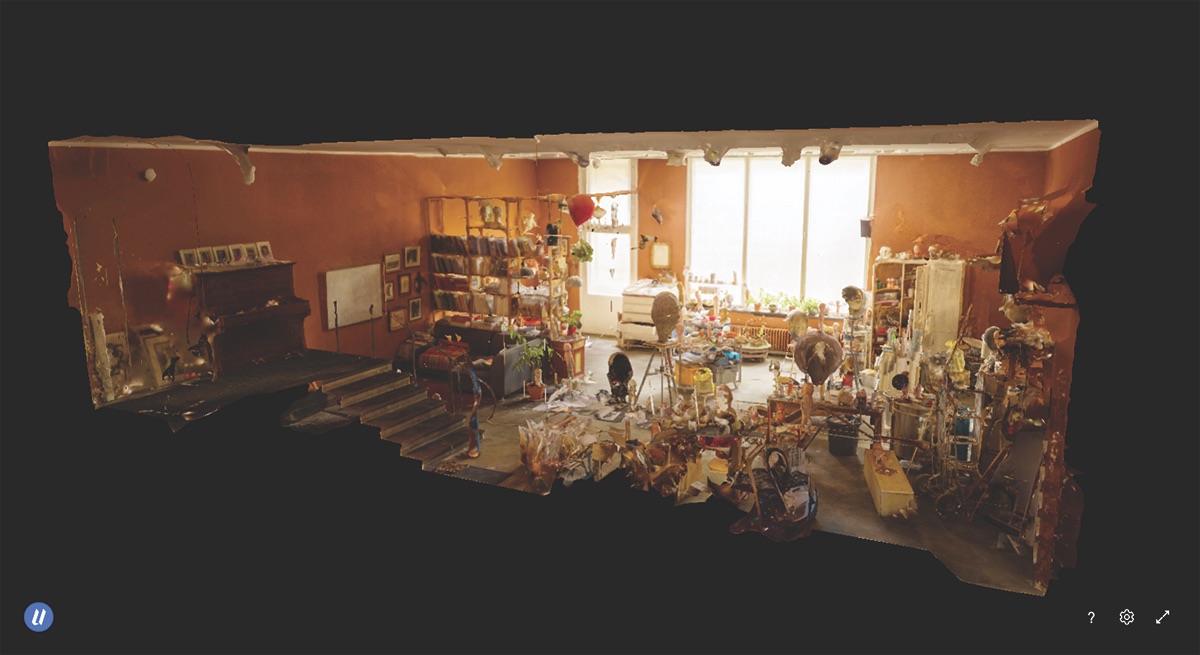Building Design + Construction: Extended reality (XR) is in a unique phase of its life cycle. The technology is readily available for anyone and everyone who thinks they can do something with it. And for better or worse, it is anyone and everyone who thinks they can do something with it.
New applications for AR and VR are more ubiquitous than superhero movies. Unfortunately, they are just as vapid. The trick with XR is to shift it from novelty to necessity, and the AEC industry has proven to be the one that offers the best opportunity to do exactly that.

1 comment:
This article focuses on the utility of BIM to AR for a couple of different user groups, both of which map quite readily onto the entertainment industry. First, it would be a valuable way for designers to walk directors, etc., through the environment of a set. This would be particularly useful for sets that are more like installations, where the audience is immersed in the scenery. Second, it could be useful on the shop floor to help explain complex integration of discrete elements. As a complicated unit comes together, the crew could use AR BIM to check their work. However, the amount of time it would take to implement makes it unlikely to be of use in most situations, where the lead times are nowhere near the lead times on buildings. By the time the detailers finished the BIM modeling, the show would already be over. Theme parks and permanent installations might make good use of it.
Post a Comment